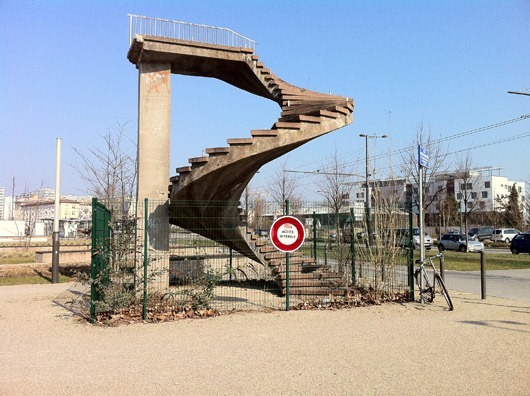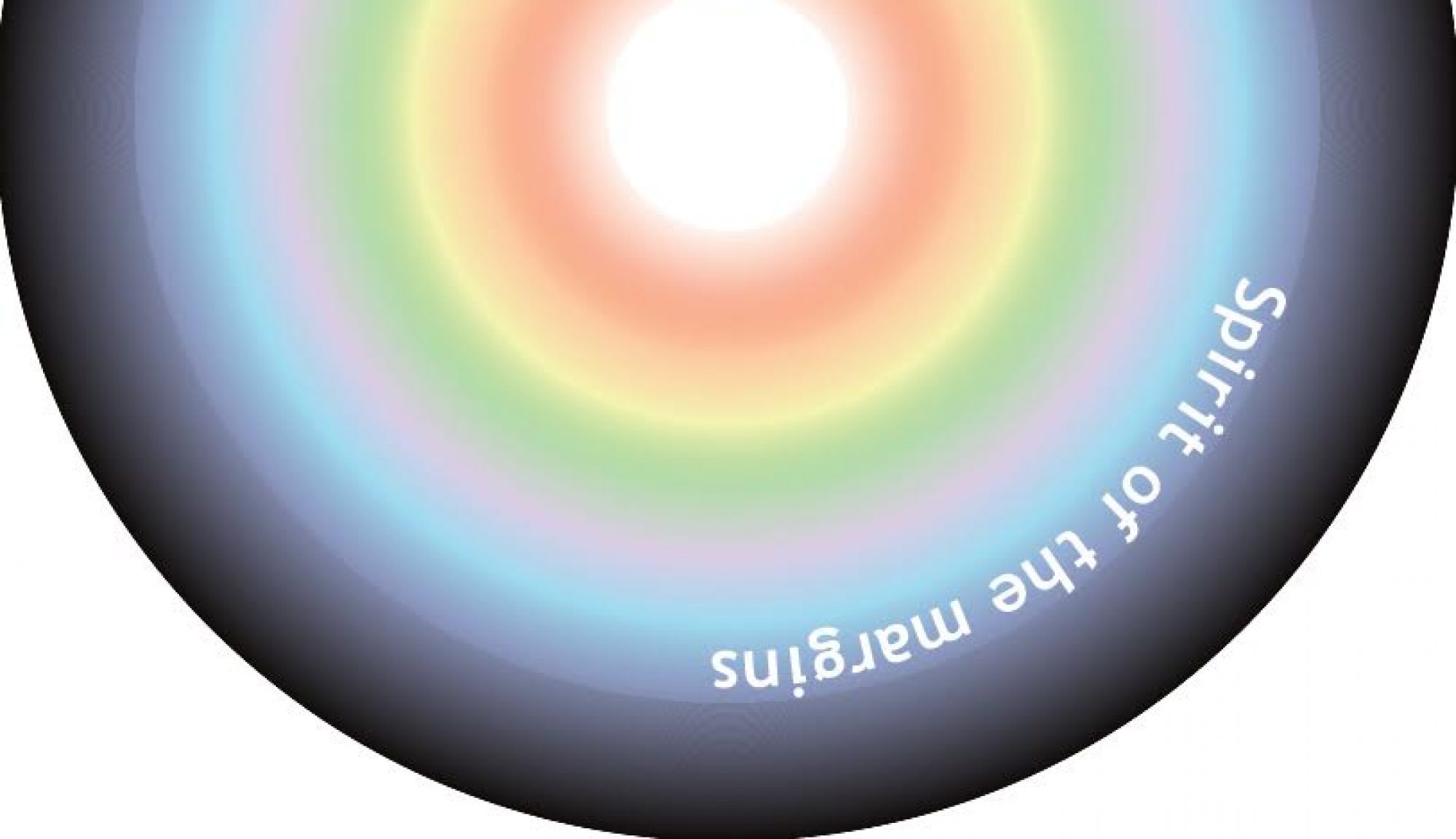I recently held two margins workshops at a national Quaker Gathering at Warwick University. I’d planned for 20 people, but 60 turned up to first workshop, and 50 to the second.
As always, I was fascinated by the mix of stories and knowledge I gathered. One person (unfortunately I don’t have their name) introduced me to a form of art of the margins called Thomasson or Hyperart Thomasson.
It was developed by the Japanese artist Akasegawa Genpei in the 1980s. It refers to a useless relic or structure that has been preserved as part of a building or the built environment, which has become a piece of art in itself. These objects, although having the appearance of pieces of conceptual art, were not created to be viewed as such. Akasegawa deemed them even more art-like than art itself, and named them “hyperart.” In recent years there has been a resurgence of interest in Thomasson, especially since the publication of Akasegawa’s work on the subject in English in 2010.
The term Thomasson comes from the professional baseball player Gary Thomasson, who was signed by the Yomiuri Giants for a record-breaking sum of money, and spent his final two seasons with the team (1981-1982) coming close to setting the league strikeout record before being benched. Akasegawa viewed Thomasson’s useless position on the team as a fitting analogy for “an object, part of a building, that was maintained in good condition, but with no purpose, to the point of becoming a work of art.
A few examples are given below:




